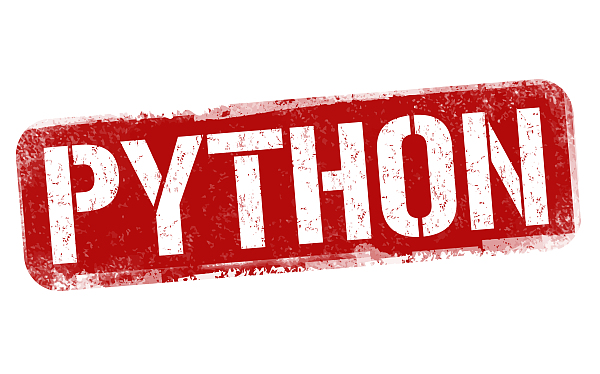I understand the difference between copy vs. deepcopy in the copy module. I've used copy.copy and copy.deepcopy before successfully, but this is the first time I've actually gone about overloading the __copy__ and __deepcopy__ methods. I've already Googled around and looked through the built-in Python modules to look for instances of the __copy__ and __deepcopy__ functions (e.g. sets.py, decimal.py, and fractions.py), but I'm still not 100% sure I've got it right.
Here's my scenario:
I have a configuration object. Initially, I'm going to instantiate one configuration object with a default set of values. This configuration will be handed off to multiple other objects (to ensure all objects start with the same configuration). However, once user interaction starts, each object needs to tweak its configurations independently without affecting each other's configurations (which says to me I'll need to make deepcopys of my initial configuration to hand around).
Here's a sample object:
class ChartConfig(object):
def __init__(self):
#Drawing properties (Booleans/strings)
self.antialiased = None
self.plot_style = None
self.plot_title = None
self.autoscale = None
#X axis properties (strings/ints)
self.xaxis_title = None
self.xaxis_tick_rotation = None
self.xaxis_tick_align = None
#Y axis properties (strings/ints)
self.yaxis_title = None
self.yaxis_tick_rotation = None
self.yaxis_tick_align = None
#A list of non-primitive objects
self.trace_configs = []
def __copy__(self):
pass
def __deepcopy__(self, memo):
pass
What is the right way to implement the copy and deepcopy methods on this object to ensure copy.copy and copy.deepcopy give me the proper behavior?







 已为社区贡献126483条内容
已为社区贡献126483条内容

所有评论(0)